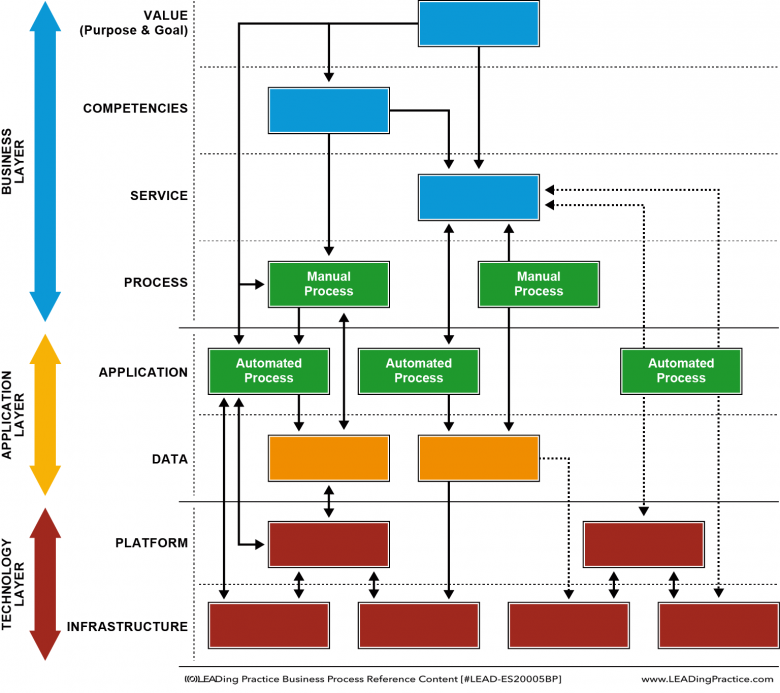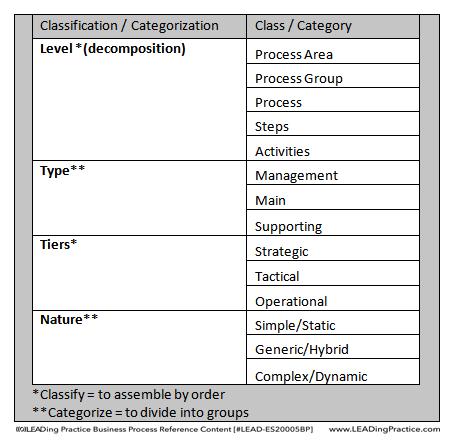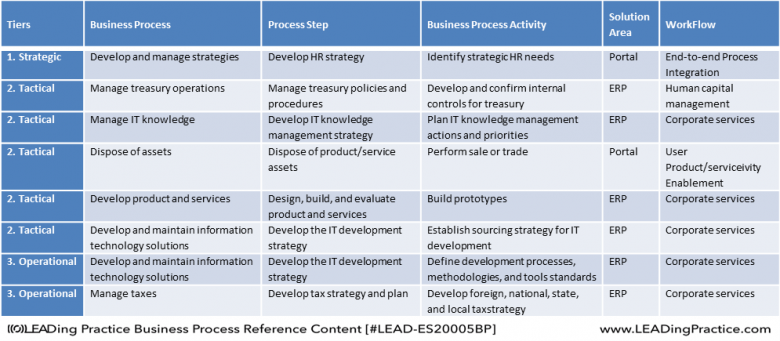Abstract
Categorization and classification have been around for a long time. Classical categorization first appeared in the context of Western philosophy in the work of Plato who, in his Statesman dialogue, introduced the approach of grouping objects based on their similar properties. This approach was further explored and systematized by Aristotle in his Categories treatise, where he analyzed the differences between classes and objects. Aristotle also intensively applied the classical categorization scheme in his approach to the classification of living beings (which used the technique of applying successive narrowing questions such as “Is it an animal or vegetable?” “How many feet does it have?” “Does it have fur or feathers?” and “Can it fly?”), establishing the basis for the formulation of natural taxonomy. Classification is an important tool in science.
It reduces the complexity of a body of work easily as it exposes patterns and structures to provide a clearer picture of the area of interest, serving to assist in understanding the relationships and acting as a baseline for subsequent work.
In this figure is a more detailed example of how the tagging of the processes according to strategic, tactical, and operational views is an ideal way to go across end-to-end processes and see connections in the different tiers.




